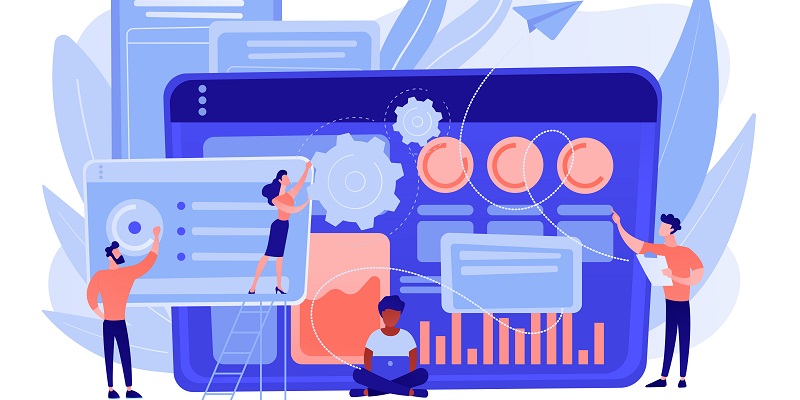As the digital marketing landscape continues to evolve, businesses are facing new challenges in effectively reaching their target customers and engaging them through personalized messaging. One of the biggest obstacles to achieving this goal is the decline of third-party cookies which have traditionally been used by marketers to track user behavior across the web and gain insights into their interests and preferences. With newer data privacy regulations and concerns over data security, third-party cookies are no longer a reliable solution for marketers to collect customer data. Instead, businesses are turning to customer data platforms (CDPs) to collect and unify first-party data in a secure and effective manner.
The Decline of Third-Party Cookies
Third-party cookies are small pieces of data that are stored on a user’s device by a third-party website for the purpose of tracking user behavior. These cookies have traditionally been used by marketers to gain insights into user preferences and interests, allowing them to deliver personalized ads and content to the user.
However, with increasing concerns over data privacy and security, many internet browsers are phasing out third-party cookies. For example, Google’s Chrome browser has announced it will stop supporting third-party cookies by 2022. This move has significant implications for digital marketers who will need to find new ways to collect and utilize customer data.
Benefits of Collecting and Unifying First-Party Data with CDPs
CDPs are a relatively new type of marketing technology that enables businesses to collect and unify first-party data from various sources. This includes data from a company’s own website, mobile app, customer relationship management (CRM) system, and other sources. With CDPs, marketers gain a more comprehensive view of their customers, allowing them to better understand their preferences, interests, and behaviors. This data can then be used to deliver personalized messaging and content to the customer at the right time, increasing the likelihood of conversion.
Challenges in Reaching Customers
Even with the best tools and data at their disposal, businesses still face the challenge of capturing their customers’ attention. In today’s fast-paced digital world, customers are bombarded with messages and content from multiple businesses. This makes it essential for businesses to deliver personalized messaging that resonates with the customer. Personalized messaging can increase the chances that the customer will engage with the content and take the desired action, whether it’s making a purchase or signing up for a newsletter.
The Power of Customer Data Platforms
CDPs offer a range of benefits to businesses beyond the ability to collect and unify first-party data. They can also help businesses become more operationally efficient by automating processes and reducing the time and manpower required to manage customer data. This can result in significant cost savings for businesses in the long run. Additionally, CDPs can help businesses use their marketing budgets more efficiently by delivering personalized messaging to the right customer at the right time, instead of sending generic messages to a broad audience.
Considerations for Implementing CDPs
While CDPs offer many benefits, they are not a one-size-fits-all solution. Not every business needs a CDP, and thus businesses should carefully consider their overall strategy and goals before implementing one. It is essential to have a clear understanding of how a CDP will fit into the overall marketing tech stack and how it will be utilized within the business. Additionally, businesses should ensure they have the necessary resources and expertise to effectively leverage a CDP.
The Growing Importance of Data Privacy
Data privacy is becoming an increasingly important concern for businesses and customers alike. With the trend toward stricter government regulations, businesses must ensure they are in compliance with data privacy laws and regulations. Customer Data Platforms (CDPs) can help businesses ensure data privacy and security by providing a secure platform for collecting and managing customer data. Additionally, businesses can leverage CDPs to give customers more control over their own data, allowing them to opt-in or opt-out of data collection as they see fit.
In conclusion, the decline of third-party cookies is just one of the many challenges facing businesses in the modern digital marketplace. However, by leveraging customer data platforms to collect and unify first-party data, businesses can gain a more comprehensive view of their customers, deliver personalized messaging, and improve operational efficiency. It is essential for businesses to carefully consider their overall marketing tech stack and strategy before implementing a CDP, and to ensure they remain in compliance with data privacy regulations. With the right tools and approach, businesses can successfully navigate the changing digital landscape and build stronger relationships with their customers.

